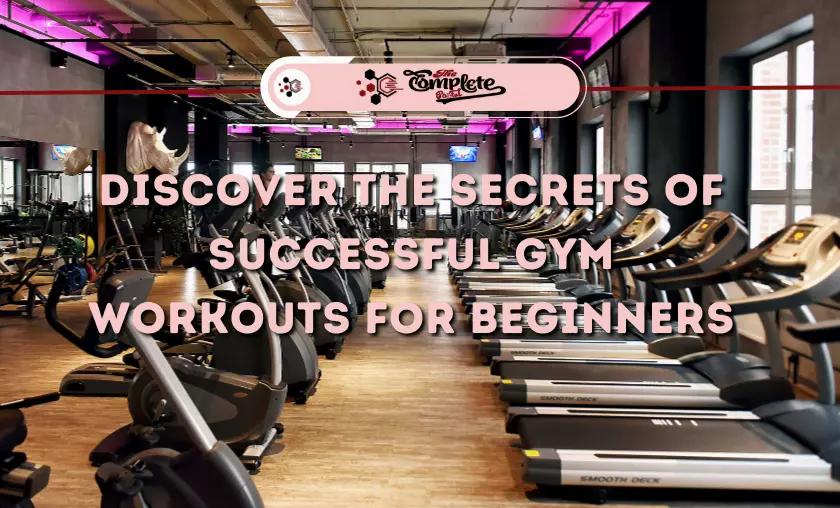
Hey there, fellow fitness enthusiast! So, you’ve decided to take the plunge and start your gym journey, but you’re feeling overwhelmed?
Don’t sweat it; we’ve got your back. In this informal guide, we will dive deep into the secrets of successful gym workouts for beginners.
Why Gym Workouts for Beginners Matter
Let’s kick things off by answering the million-dollar question: Why do gym workouts matter, especially for beginners? It’s not just about those Instagram-worthy abs (although they’re a nice bonus). Gym workouts can transform your health, boost your energy, and even make you feel like a superhero in your everyday life.
But here’s the thing: Gym workouts are about more than just physical fitness. They’re about mental health, stress relief, and building a lifestyle that you can sustain. So, whether you’re aiming to shed some pounds, gain muscle, or improve your overall well-being, the gym is a fantastic place to start.
Setting the Foundation for Your Fitness Journey
Staying a solid foundation is crucial before lifting weights or hopping on the treadmill. We’re not talking about bricks and mortar here; we’re talking about the mental and emotional groundwork to help you stay committed to your fitness goals.
First and foremost, let’s talk about motivation. It’s the fuel that powers your fitness engine. With it, even the most high-tech gym in the world will get you the results you desire. So, take a moment to reflect on why you’re starting this journey. Maybe it’s because you want to feel more confident, boost your energy, or enjoy a longer, healthier life. Whatever your reason, make it your North Star, and keep it in sight whenever you’re tempted to skip a workout.